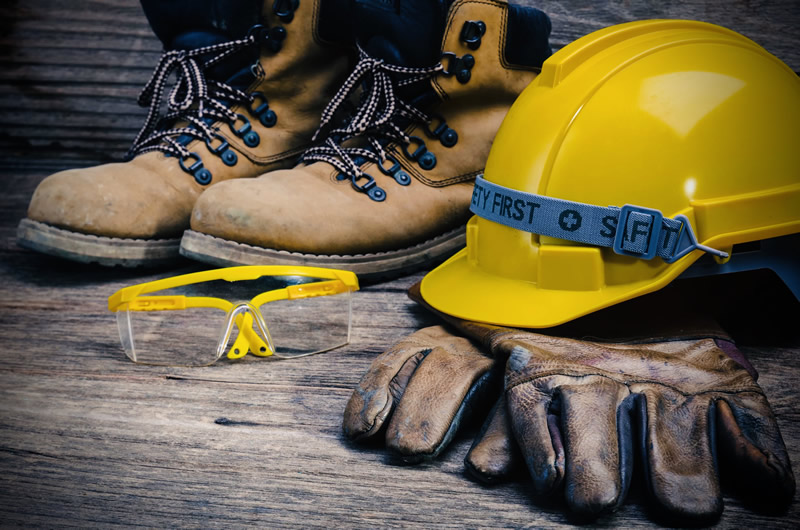Take your construction site safety to the next level using lean principles. Lean expert Joe Donarumo explains how to use Lean tools such as the Daily Huddle and Visual Communication Boards to boost project safety.
The Lean Builder Approach to Construction Site Safety
We often focus on Lean tools and methodologies in field for their value in establishing and maintaining reliable work, removing the waste, and creating flow. However, they can be leveraged for much more, like construction site safety.
I’ll admit, when I started my Lean journey I didn’t see a connection between Lean and safety. However, once I became onboarded with the project, established meaningful relationships with the trades, and understood how to implement the Lean tools, I saw the opportunity to leverage some of them to help take my project’s safety to the next level.
Weekly Work Plan
Each week on our projects, our trade partners populate the weekly work plan with their individual activities that will lead them to reach the next milestone of the project. As a superintendent, this is a great opportunity to begin to review and think about what will be taking place on the jobsite that week and the first opportunity to identify any specific trade work activities that might need some extra safety attention due to its inherent hazard level.
In fact, we even modified our Lean Boards to identify specific tasks that are hazardous and require further attention, follow-up, or documentation, such as confined space work, hot work, hoisting, and excavation.
Daily Huddle
The daily huddle provides a great opportunity to talk about safety on the project. I believe that safety is behavior based, so the more we, as a team, can discuss hazards and plan how are we going to manage them, the more successful our project and safety will be. In previous blogs, we’ve already discussed the importance of asking each trade every day:
- What are you working on?
- Where are you working?
- How many men/women in your crew(s) today?
- Do you have any constraints?
- Do you have any deliveries?
This is a perfect time as a superintendent or field leader to ask questions about that trade’s work activities and how they are managing safety. Another benefit to this is that you are having this conversation in front of all the project field leaders, so everyone is aware of what’s going on and how a hazard is being managed. An example of this could be that the drywall trade needs to top out the sheetrock in stairwell A, and the plan shared at the huddle is that stairwell A will be closed off at level 4, with signs posted so the field knows to utilize stairwells B/C for access down.
Visual communication
Any time you can make your team’s communication visual, the better chance you have to make it stick! Enhance the safety discussion you are having at the daily huddle by marking up the laminated floor plans or elevations with the notes/comments from the daily huddle. By doing this, you will:
- Document the discussion on how a hazard will be managed by the team.
- Visually depict the exact location, so there is no confusion—especially important if you are managing a language barrier between yourself and your trade partner leader.
- Create a communication tool for the trade’s crew. I’ve often seen a trade partner leader have one or two of their right-hand crew members come to the meeting area after a huddle and show them the plan on the board so they are aware of their foreman’s commitment and how that work activity will be managed.
Parking Lot/Constraint Board
As a GC, I’m responsible for a lot of items on the project relative to safety. The parking lot and constraint board are tools that empower the trades to inform me where I’m failing or list issues that I need to correct. Examples of this could be missing toe boards on east façade level 3, handrail broken on level 5 by the elevator shaft, or the port-a-john sanitization station is out of hand sanitizer gel, and so on. You get the gist.
The point of this is to empower the trade partners to engage and share what they see that can improve the overall safety and culture on the project. When you empower your trades to have a voice, you are building greater trust, accountability, and respect within that field team.
I hope these tips will help you take your construction site safety to the next level, and begin to build a better project culture for your team!
By: Joe Donarumo, Senior Superintendent & Director of Lean Application
Linbeck Group
Follow The Lean Builder on LinkedIn









